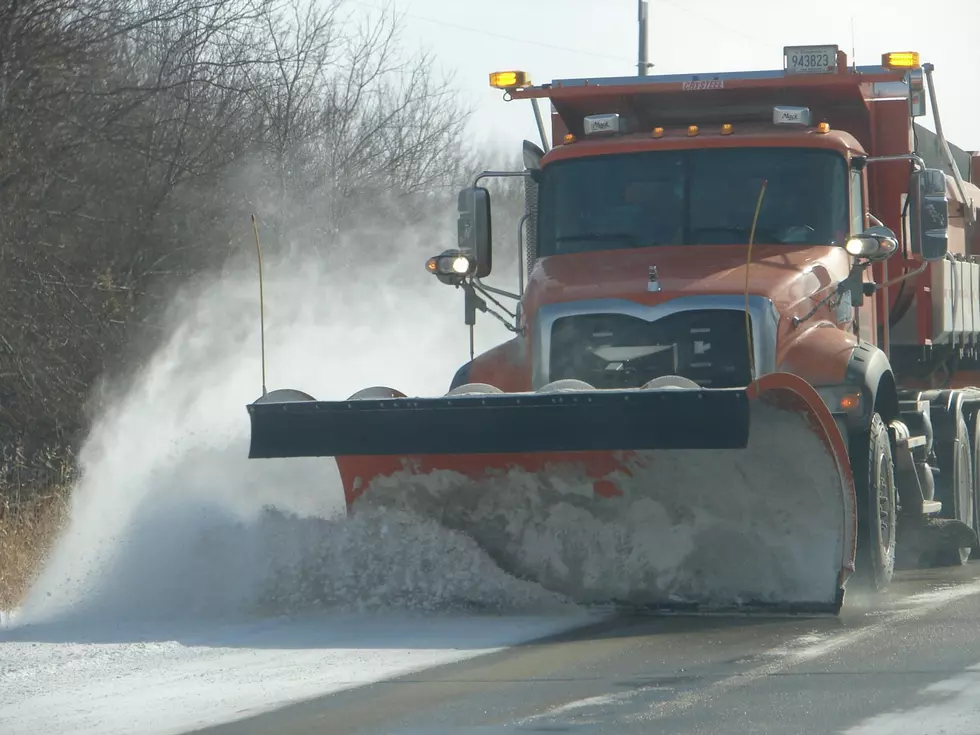
Road Salt or No Road Salt Is The Question
A freshwater chloride contamination study shows many lakes in Minnesota and the upper Midwest are experiencing increasing levels of road salt.
The Cary Institute of Ecosystem Studies published the study Monday and said the study of 371 lakes in the Midwest and Northeastern United States showed about 44 percent of lakes sampled in the regions are undergoing long-term salinization.
Among the lakes studied, researchers found lakes in the Minneapolis and St. Paul area were among the saltiest.
The study was published in the Proceedings of the National Academy of Sciences.
Fifteen researchers conducted the first-of-it's-kind study as part of the Global Lake Ecological Observatory Network (GLEON) Fellowship Program.
Lead author Hillary Dugan of the University of Wisconsin-Madison says, "The picture is sobering for lakes. Small amounts of shoreline development translate into big salinization risks."
Since the 1940s, the use of road salt has been going up in an effort to make our roads safer. Each year the report states, "23 million metric tons of sodium-chloride based deicer is applied to North American roads. Much of the road salt washes into nearby water bodies."
The Minnesota Pollution Control Agency has been succeeding in convincing many local units of government to reduce the amount of road salt used without compromising safety.
The Environmental Protection Agency's legal pollution standard for salt is 230 milligrams per liter; that's one teaspoon per five gallons of water.
More From KQCL Power 96










